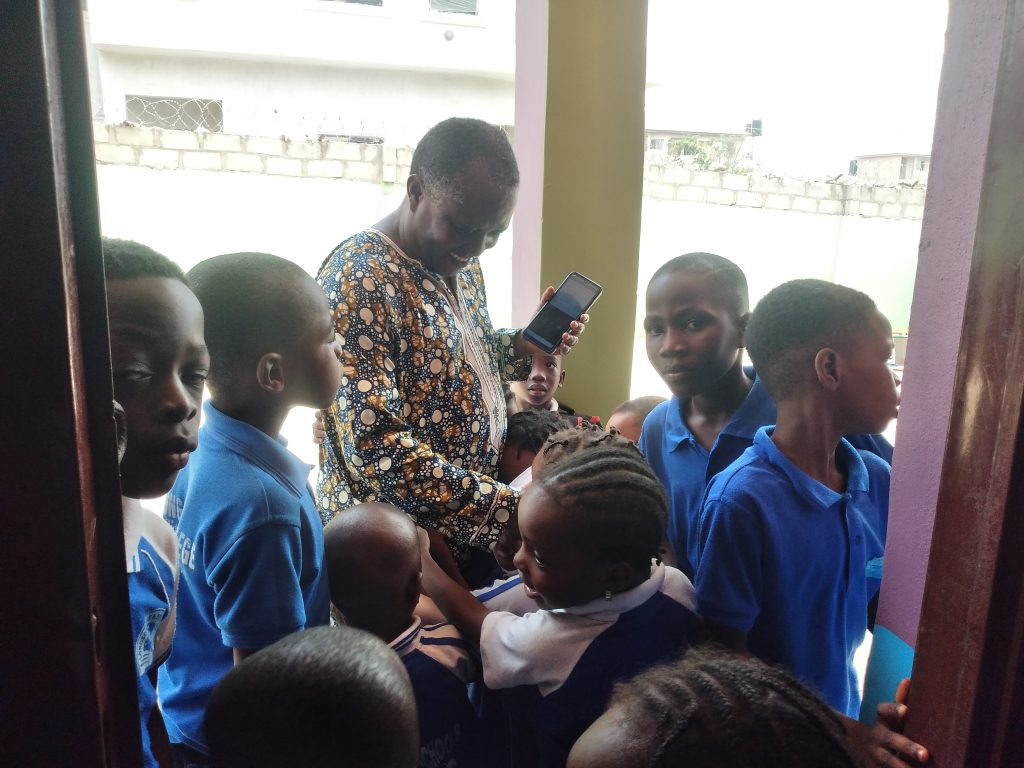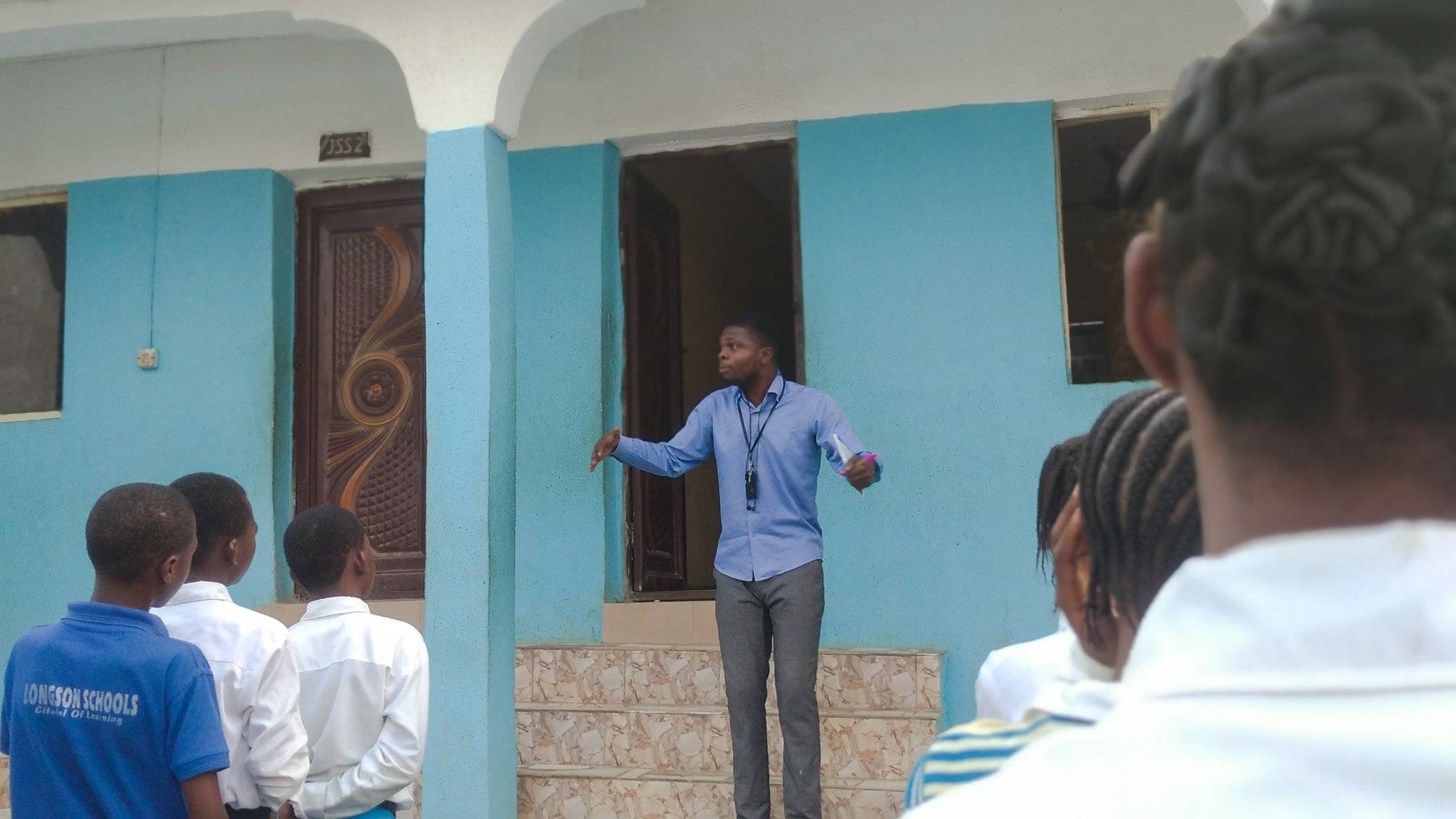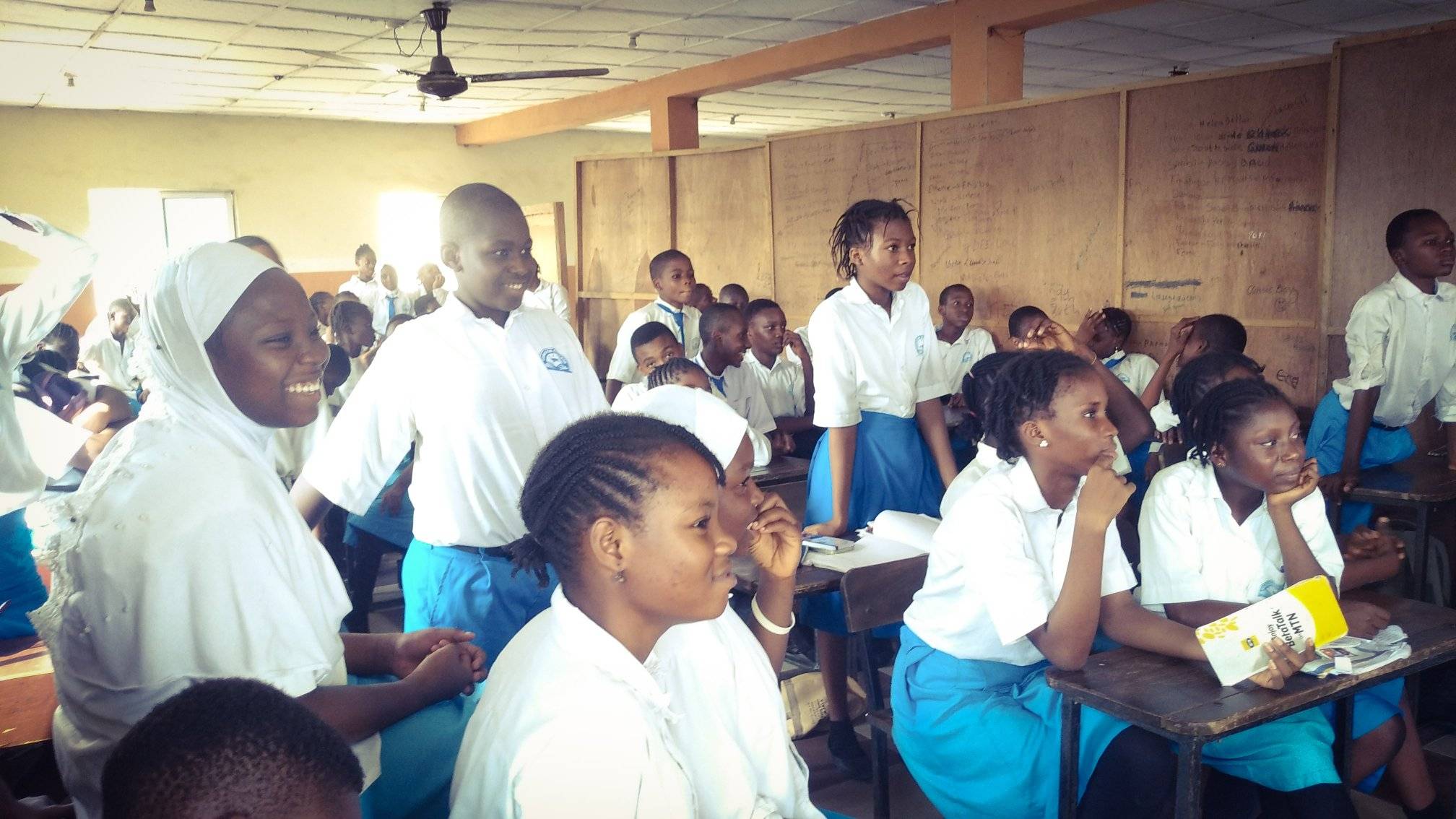
Many qualities define a positive relationship and pave the way for creating powerful student-teacher relationships. These can be seen to include good communication, a safe learning environment, mutual respect, a positive and patient attitude, student equality, and timely praise. The teacher who becomes the ‘favorite’ is one who possesses these in good measure.
By Kim Lee
The ability to forge a positive, powerful relationship between a student and teacher may seem like a difficult task at first but can be easily accomplished by creating a strong learning environment. Learning is not a one-way process alone; an effective learning environment is where all individuals involved learn from each other. While students learn a particular subject from a teacher, the teacher learns how to improve her teaching skills and make the lessons more interesting by gaining insights from the students. Thus, both parties learn from each other.
For Teachers: According to educators, a positive relationship with a student is close and supportive, but not overly dependent. A teacher who cares about his or her students believes that every child can learn, but differently and at different rates, sets high expectations, is warm and trusting, and strives to keep the relationship conflict-free. He or she also uses humor and admits mistakes, sets clear boundaries, and is open, honest, and approachable.
For Students: Students told researchers that good teachers listen to and take a personal interest in students’ lives. They show respect, value the individuality of each student, and are kind and polite. A caring teacher gives honest, but kind feedback, and offers second chances. They help students with schoolwork, manage the classroom well, and, perhaps most importantly, they plan fun activities.
Educators often focus on improving parent engagement, but student engagement is just as essential. The more self-motivated a student is as they learn to read, the better prepared they’ll be to reach their potential. One of the best ways to encourage this is by building meaningful teacher-student relationships.
What does it take and how should such a difference in the classroom create an everlasting, powerful relationship between a student and a teacher? Below are a few timeless elements of strong student-teacher relationships.
- Consistent communication
- Emotionally safe learning space
- Mutual respect, trust, and feedback
- True equity.
“The core of education is the relationship between the teacher and the student, and the extent to which that relationship nurtures the longing of the child to matter in the world, and the longing of the teacher to nurture and fulfill that desire.”
–Timothy Shriver and Jennifer Buffet



No Comments yet!